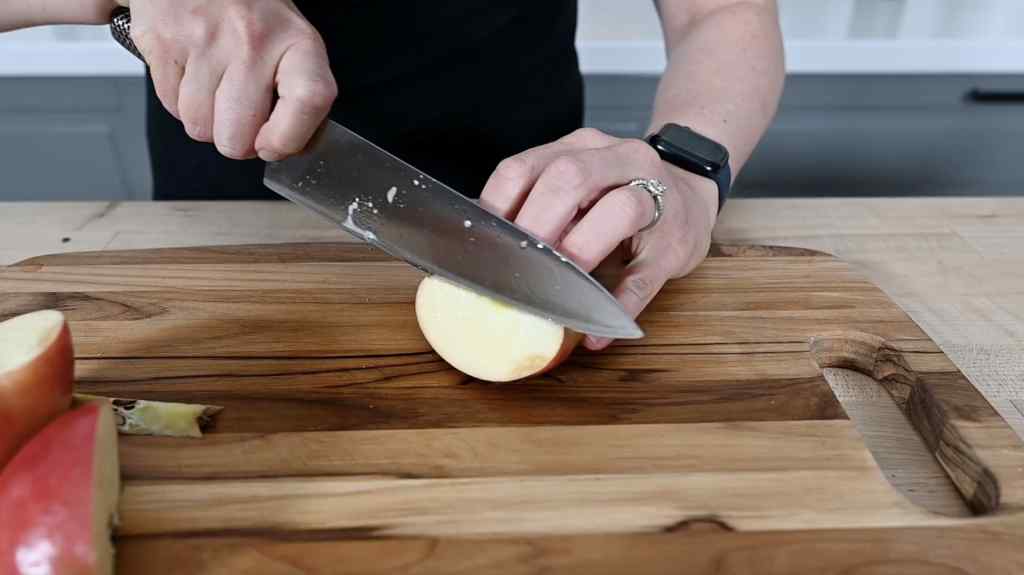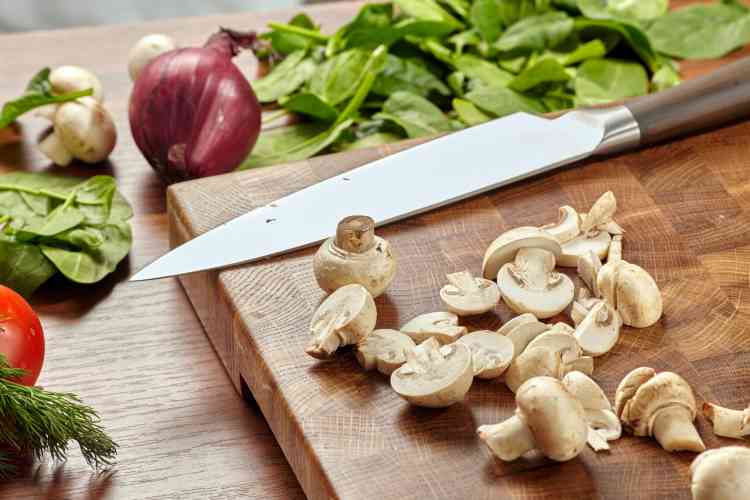In the world of culinary arts, the choice of knife can significantly impact a chef's performance. While the blade often steals the spotlight, the handle plays an equally crucial role in providing balance, comfort, and control. For kitchen professionals, understanding German knife handle materials is essential for selecting the right tool for the job.
German knives are renowned for their robust construction and high-quality materials. The handles, in particular, are designed to offer durability and ergonomic comfort. As a kitchen professional, knowing the different materials used in German knife handles can elevate your culinary experience.

Why Handle Material Matters
The handle of a knife is where the user's hand interacts most with the tool. It's not just about holding the knife; it's about ensuring precision and preventing fatigue during extended use. Different materials offer various benefits, such as grip security, weight distribution, and aesthetic appeal.
Traditional Materials in German Knife Handles
German knives often feature handles made from materials like wood, steel, and synthetic composites. Each of these materials has its unique properties and advantages:
- Wood: Classic and visually appealing, wood handles provide a warm, comfortable grip. They're typically treated to resist moisture and prevent warping.
- Stainless Steel: Known for its sleek, modern look, stainless steel handles offer durability and resistance to corrosion. They are easy to clean, making them perfect for busy kitchens.
- Synthetic Composites: Materials like POM (Polyoxymethylene) provide excellent durability and resistance to heat and impact. These handles are lightweight and often molded for ergonomic grip.
Innovative Materials in Modern German Knives
As technology advances, so do the materials used in knife handles. Some contemporary German knives feature innovative materials designed to enhance performance and longevity:
- Micarta: This material is crafted from layers of fabric or paper impregnated with resin. It offers a textured, non-slip grip and is highly resistant to temperature changes.
- G10: A fiberglass composite known for its robustness and water resistance. It offers a firm, non-slip grip, even when wet.
- Carbon Fiber: Lightweight and incredibly strong, carbon fiber handles offer a unique aesthetic and excellent durability. They're ideal for chefs who prefer a lighter knife.
Choosing the Right Handle for Your Needs
For kitchen professionals, selecting the right handle material is a matter of personal preference and specific needs. Consider factors like the type of cuisine you specialize in, the duration you spend in the kitchen, and your hand size. A well-balanced knife with a comfortable handle can significantly enhance your efficiency and precision.
If you're interested in learning more about knife maintenance, check out this insightful article on cleaning your Wusthof knives.
Integrating German Knives into Your Kitchen
Beyond the handle material, the overall design and craftsmanship of German knives make them a valuable addition to any kitchen. Known for their durability and precision, German knives are a staple for many culinary professionals. If you're considering adding these to your collection, understanding the importance of blade thickness and sharpening techniques can be invaluable.
Maintaining Your German Knives
Proper maintenance is crucial to prolonging the life of your knives. Regular sharpening and appropriate cleaning can ensure your tools remain in peak condition. For more on sharpening techniques, consider exploring this article on knife sharpening angles.
Conclusion
Understanding the different German knife handle materials is essential for kitchen professionals seeking to optimize their culinary tools. By selecting the appropriate handle material, chefs can enhance their performance, comfort, and efficiency in the kitchen. As you refine your knife collection, consider exploring various German knife options and their unique handle materials to find the perfect fit for your culinary style.

Frequently Asked Questions
What are the most common materials used in German knife handles?
Common materials include wood, stainless steel, and synthetic composites like POM, Micarta, and G10, each offering unique benefits.
Why is handle material important for kitchen professionals?
Handle material affects grip, balance, and comfort, which are crucial for precision and reducing fatigue during long hours in the kitchen.
Where can I learn more about maintaining my German knives?
For maintenance tips, you can explore resources on knife sharpening and cleaning, such as this guide on cleaning your Wusthof knives.


























